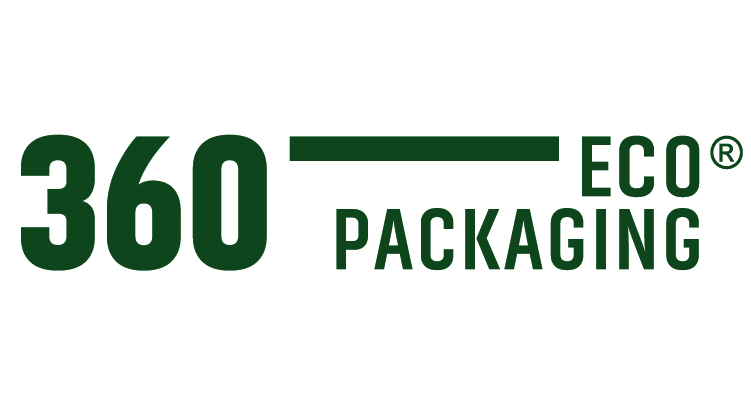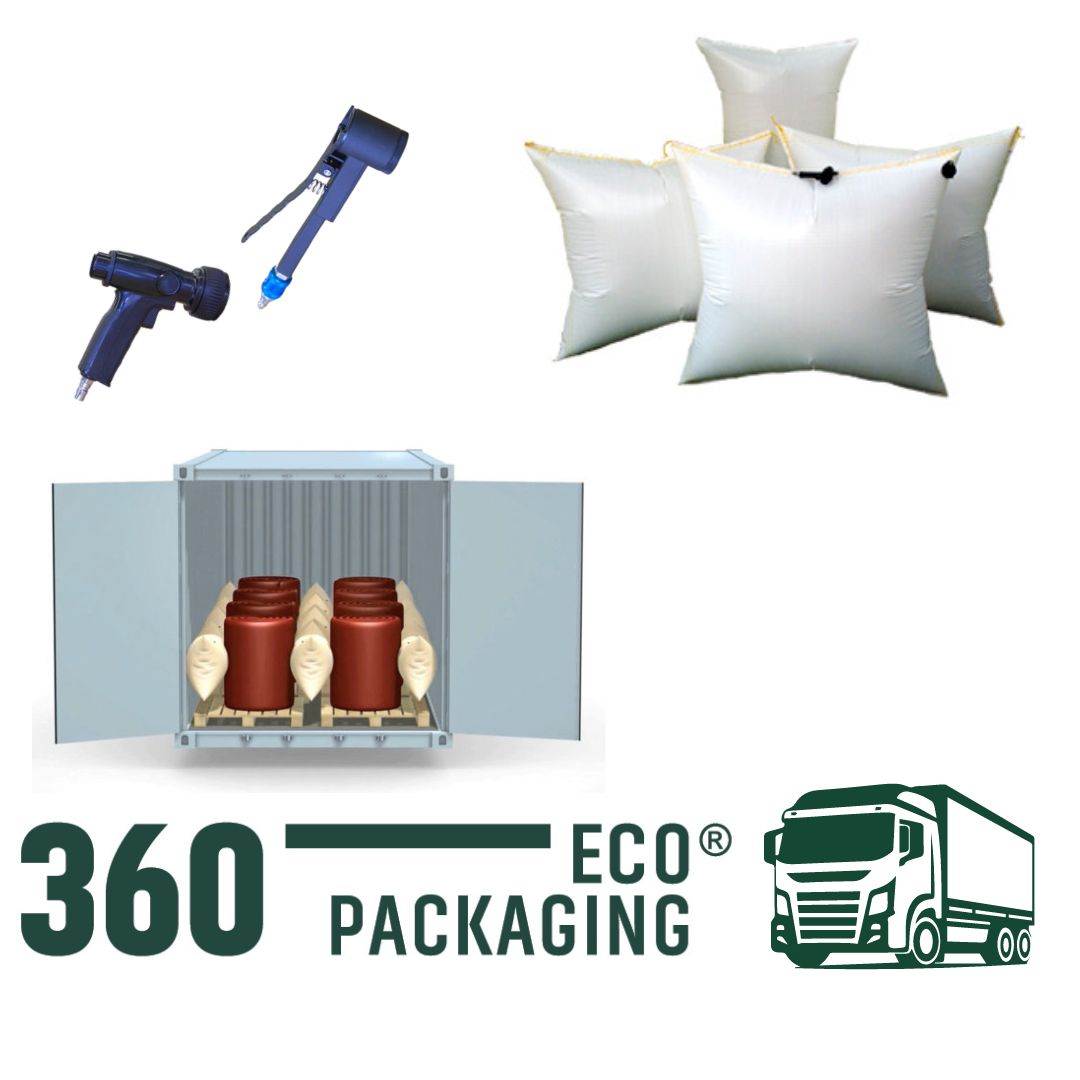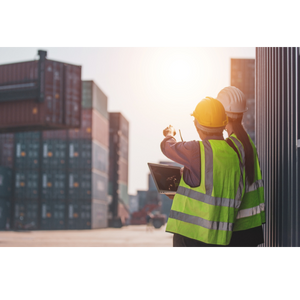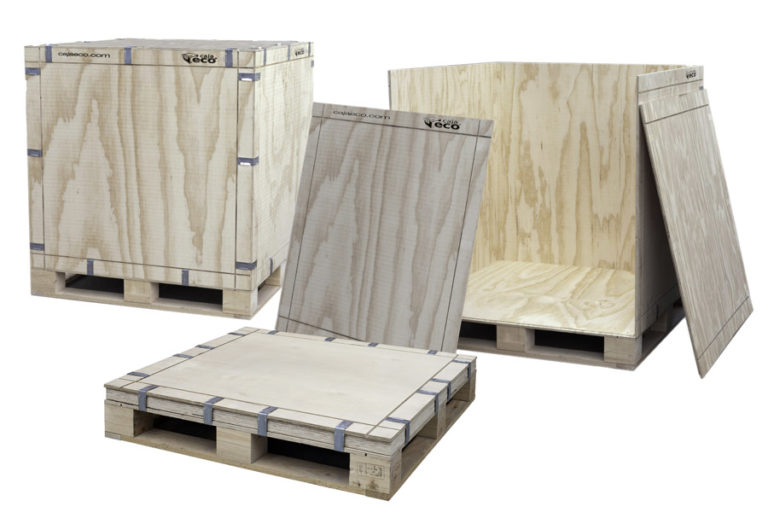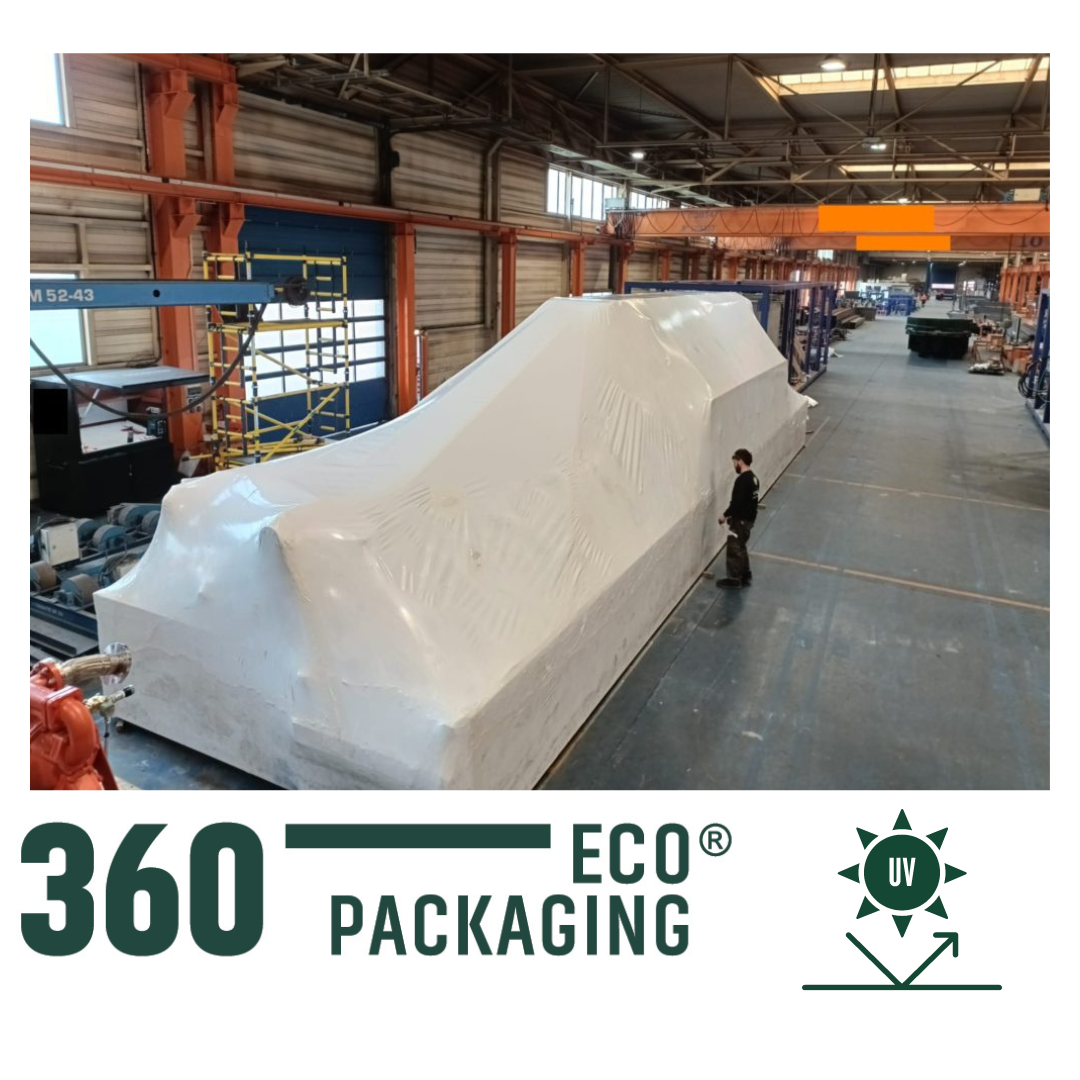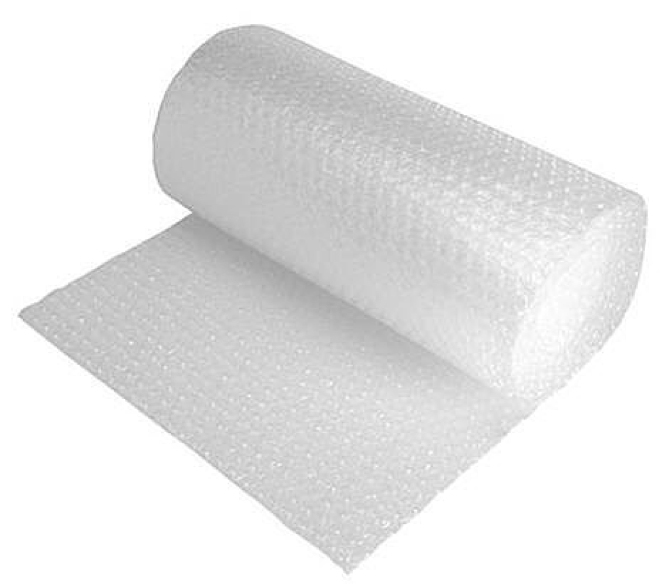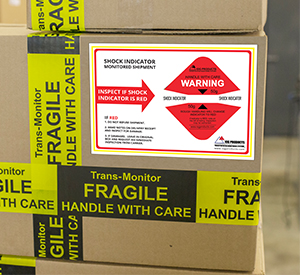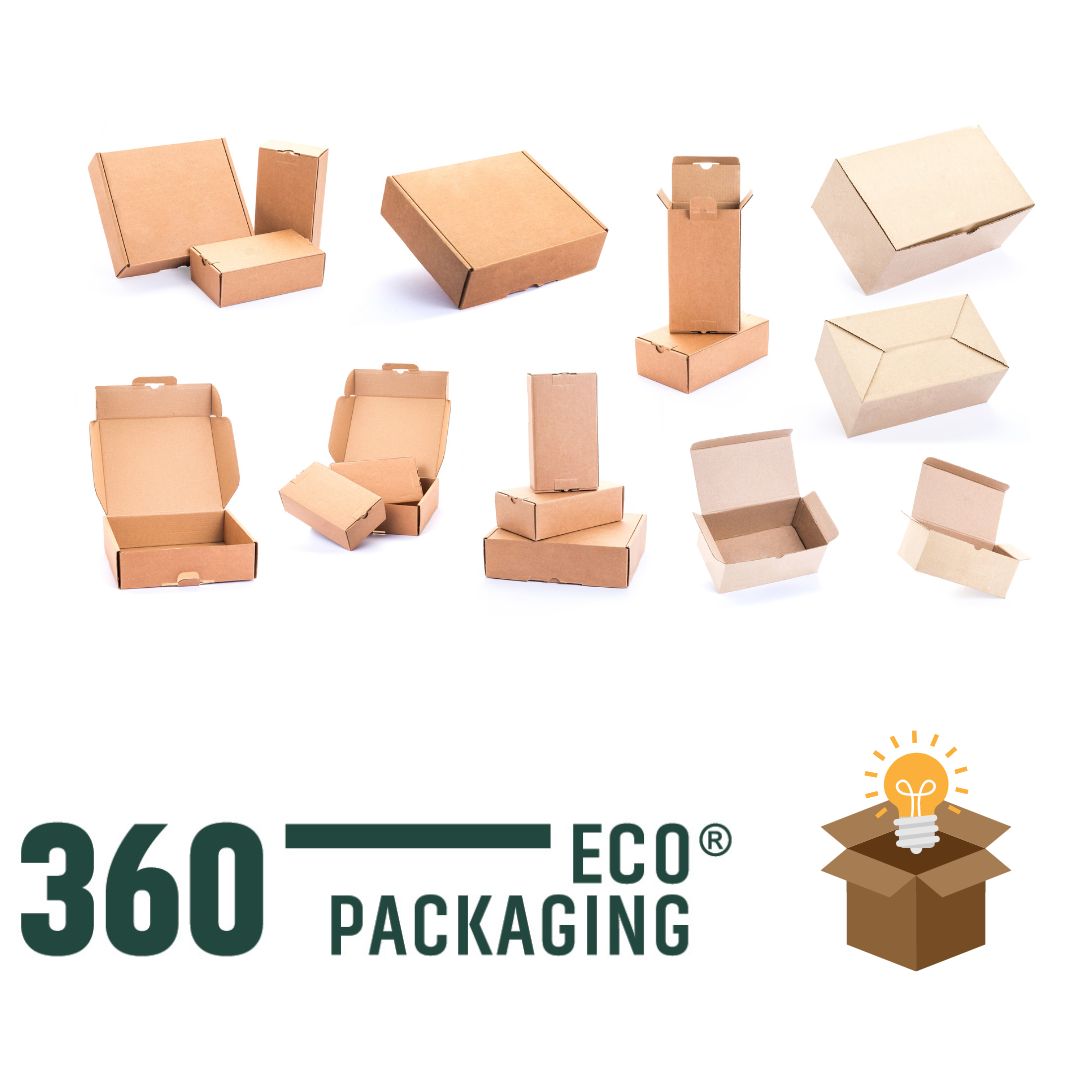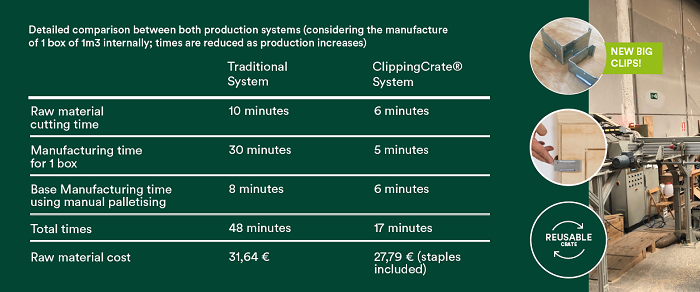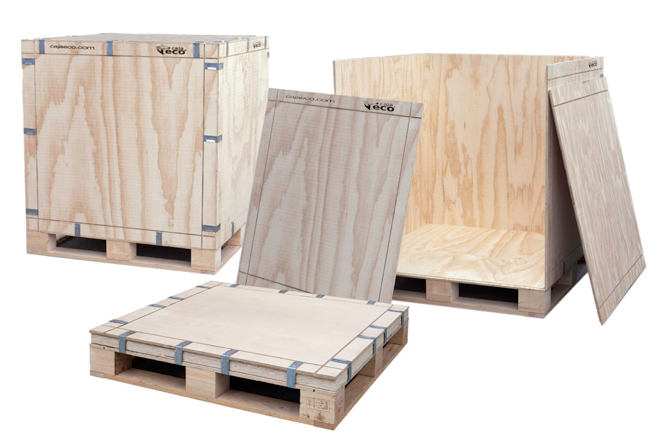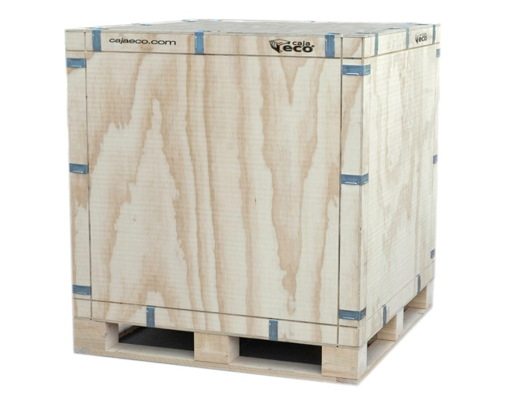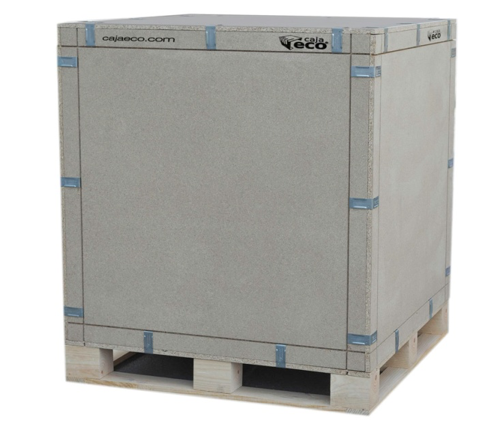When determining the right packaging, many aspects must be taken into account. One of them is the fixation and adjustment of loads. For this purpose, multiple systems and pneumatic elements are used to ensure that our shipment arrives in optimal conditions.
One of the most commonly used are dunnage bags or airbags for packaging.

What are packaging airbags?
Packaging airbags, dunnage bags or inflatable bags are used to protect goods during transport. Their function is to fill the empty spaces between the cargo or between the cargo and the walls of the transport unit, keeping it immobile in order to reduce the possibility of damage during transport.
These bags are very easy to use. They are filled with air through a valve to the required pressure. Airbags are available in different sizes, depending on the use and load.

Which airbag do I need to protect my cargo?
Airbags can be used in land, sea or rail transport. To know what type of airbag we will need, the first thing we must know is the volume and weight of the cargo to be transported (to define the working pressure of the airbag), as well as the operating time of this airbag. Once these parameters have been set, we will check the manufacturer’s technical data sheet to see if it adapts to our needs.
Most manufacturers comply with the AAR Bulletin No. 9 (Association of American Railroads), the most widespread international standard, which classifies these pneumatic elements into 5 levels, according to the type of transport and the operating pressure.

As shown in the table, the different types of transport are classified according to the working pressure. This is because this standard contemplates pressure tests after 19 days, allowing a load loss of no more than 1psi. In other words, for long transports we must generally use level 2 airbags or higher (more working pressure).
Once we have defined the type of air bag we need, we will have to design a system of loads as homogeneous as possible, using these elements to adjust the loads.
To do this, we can take into account the guidelines of the CTU 2014 code, which, among other issues, details the different misuses that can occur when applying this system.
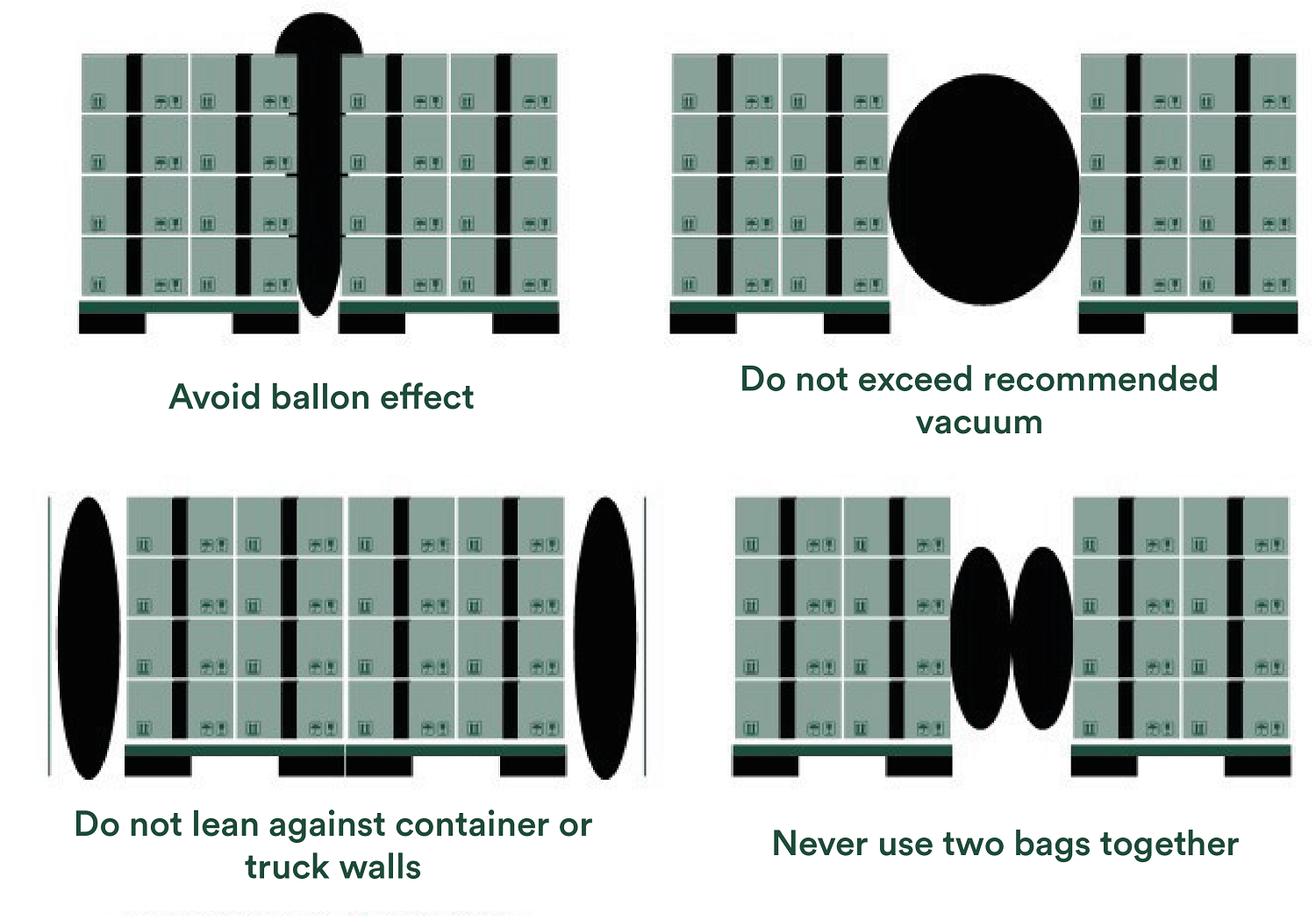
Types of airbags and characteristics
They can be made of different materials, depending on their resistance to external agents in case of possible rupture.
There are basically two types, depending on the material they are made of:
-
Raffia:
These are bags or sacks consisting of an inner layer of polyethylene and a top layer of raffia, a type of elastic fabric widely used for packaging due to its resistance.
-
Kraft paper:
They have an inner layer of polyethylene and a top layer of Kraft paper reinforced with polypropylene to prevent tearing.
In both cases, they are durable, reusable and waterproof, providing an efficient solution to protect cargo during transportation.
If you need advice, consult a reliable supplier to help you choose the best option.
![]()
